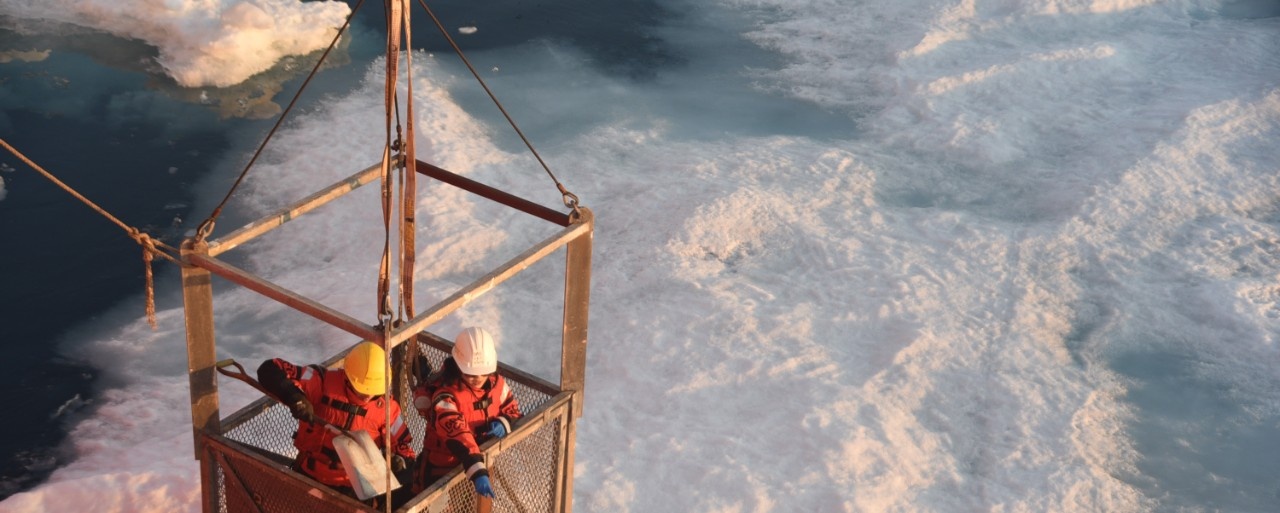Amanda Keddie

B.Sc. (Honours) Thesis
Groundwater Quality in Nova Scotia
(PDF - 15.39 Mb)
Groundwater is an important resource in Nova Scotia, with about 46% of the population relying on groundwater for their water supply. Groundwater quality has been assessed in various parts of the province during provincial water resource evaluations, and several province-wide studies have been carried out to assess specific chemicals in groundwater, such as arsenic and uranium. However, to date there has not been a province-wide quantitative analysis of the general chemical quality of groundwater. Nova Scotia Environment and Labour (NSEL) has compiled a database of registered and municipal water supplies across the province, and this represents a good opportunity to complete a quantitative assessment of groundwater quality.
Water is called the universal solvent. As groundwater passes through geologic materials, it participates in various chemical processes. The resulting water chemistry will vary with geology and contact time. Groundwater regions in Nova Scotia can be broken down into five major hydrostratigraphic units: igneous, metamorphic, sedimentary, carbonate and evaporite, and surficial aquifers.
This reports reviews groundwater chemical results, especially trace metals, from about 1000 samples from the NSEL database. A typical water quality report includes major and minor ions, physical properties, trace metals, total dissolved solids and pH. The various individual parameters are compared to the Guidelines for Canadian Drinking Water Quality, which are based on both health and aesthetic considerations.
This study represents a Afirst cut@, one point in time, approach to assess groundwater quality on a province-wide scale. Further work could involve more detailed resolution of data issues, use of more sophisticated statistical software tools, additional sampling to ensure adequate coverage of hydrostratigraphic units and geographical areas, analysis of seasonal variations in water quality, and location of data points for a GIS-based database.
Keywords:
Pages: 185
Supervisors: Heather Cross



